OADM (Optical Add/Drop Multiplexer) is a device used to implement the addition and deletion of optical signals in optical fiber communication systems. Its main functions include:
Add: Add new optical signals (specific wavelengths) to existing multi-wavelength signals.
Drop: Extract optical signals of specific wavelengths from existing multi-wavelength signals.
Through: Allow optical signals of other wavelengths to continue to be transmitted along the optical fiber without being affected.
OADM working principle and implementation method
OADM implements its functions in the following two ways:
Fixed wavelength OADM (FOADM): Add and Drop operations can only be performed on fixed wavelengths, suitable for networks with relatively fixed wavelength allocation.
Reconfigurable OADM (ROADM): The wavelengths of Add and Drop can be dynamically adjusted through software configuration, suitable for networks that require flexible scheduling.
Parameter:
Key technologies of OADM
Wavelength division multiplexing (WDM): multiplex multiple optical signals of different wavelengths into the same optical fiber for transmission.
Filter: used to separate and select optical signals of specific wavelengths. Common filters include fiber Bragg gratings (FBG) and thin film filters (TFF).
Optical switch: used to switch between different wavelengths to achieve dynamic configuration.
Application scenarios of OADM
Wavelength management: flexible scheduling of optical signals to improve network resource utilization.
Network expansion: adding new nodes or expanding bandwidth to meet growing communication needs.
Service isolation: carrying optical signals of multiple different services on the same optical fiber to achieve service isolation and independent transmission.
Fault isolation: when a wavelength fails, it can be isolated from the network through OADM for local repair.





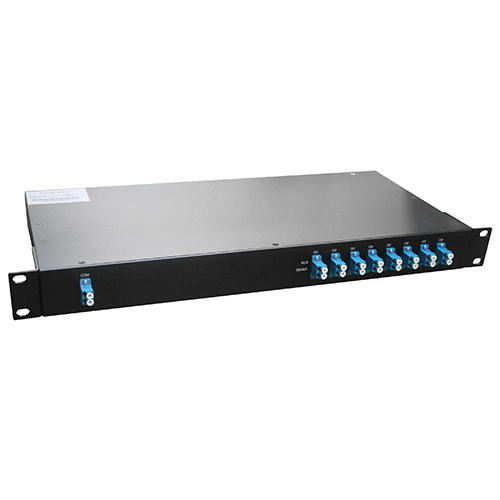


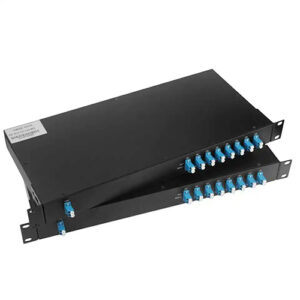

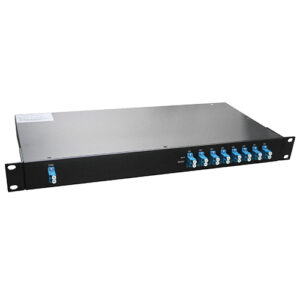
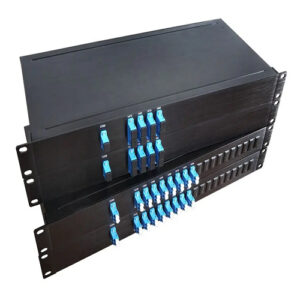

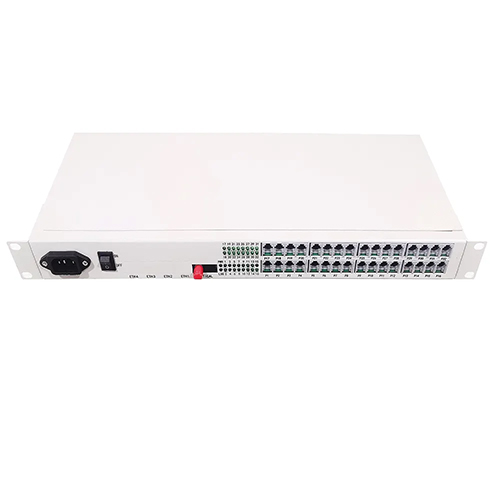



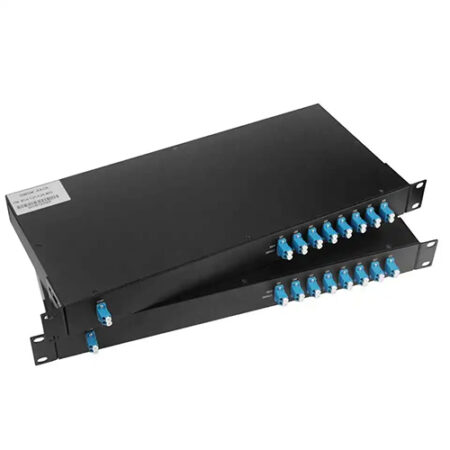
Reviews
There are no reviews yet.